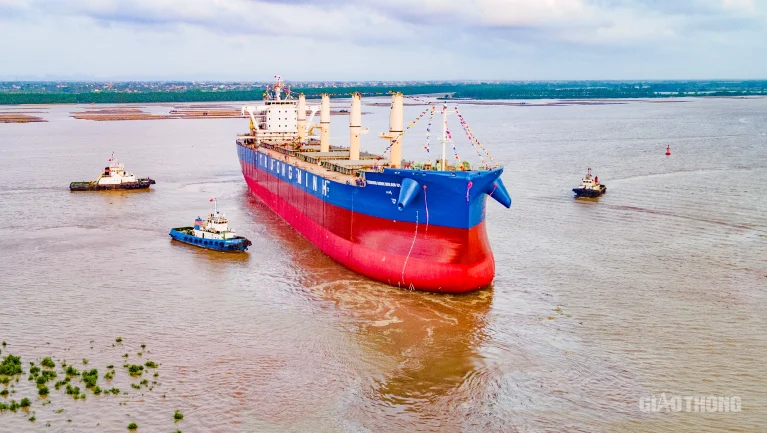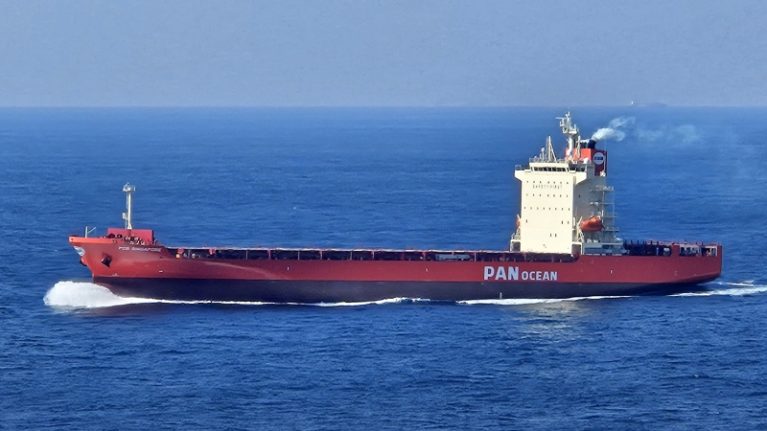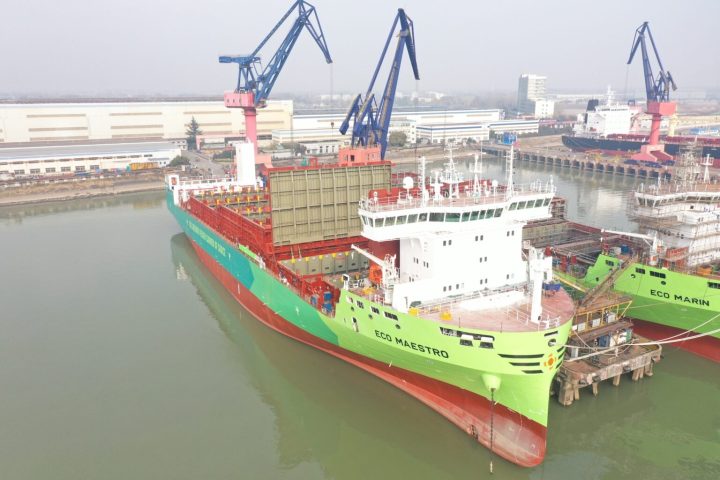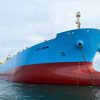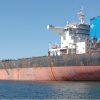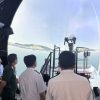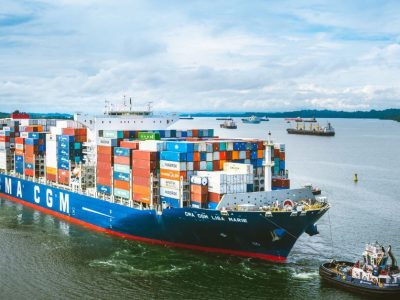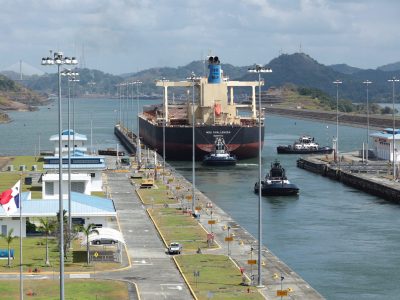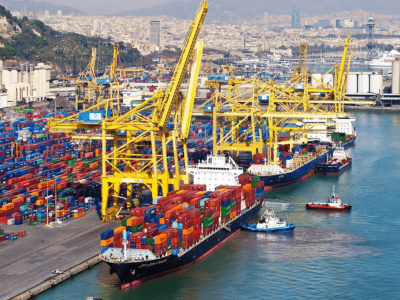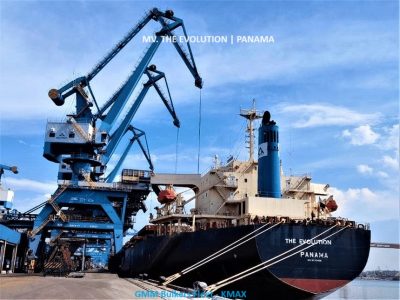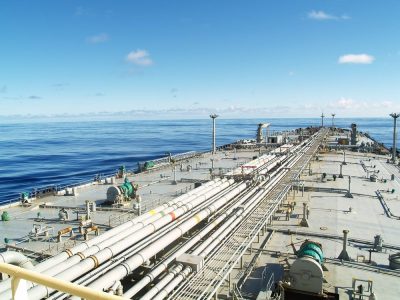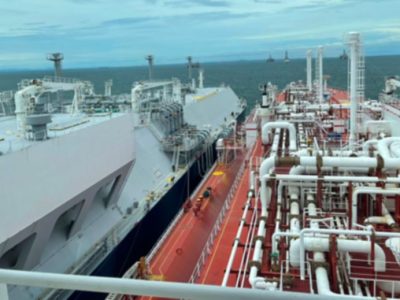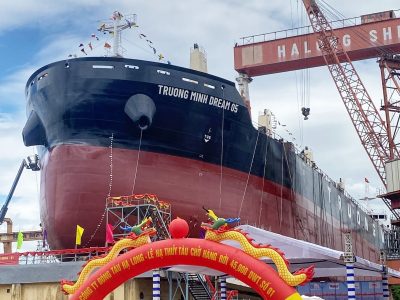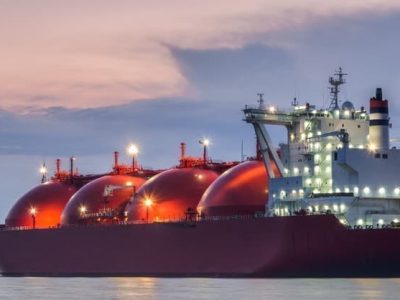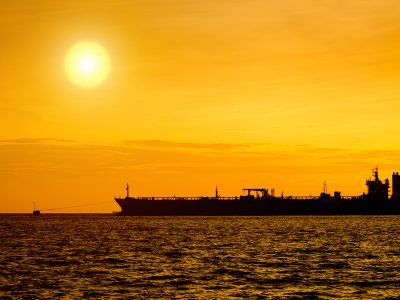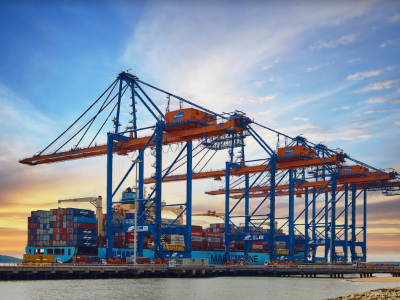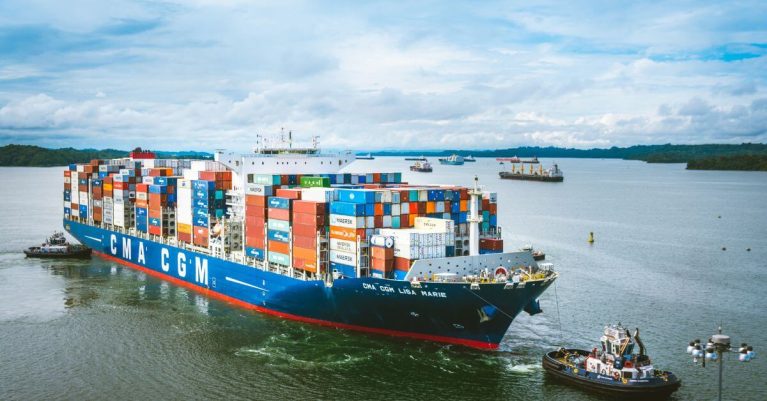By GMM Technologies | 2024-06-10 | Maritime Industry News |
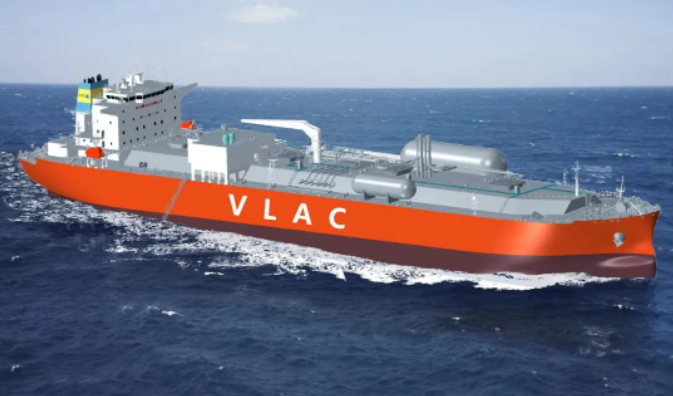
Lloyd’s Register and Guangzhou Shipyard International have completed a significant joint development project (JDP) to build the world’s largest very large ammonia carrier (VLAC).
The collaboration, marked by a ceremonial event at the esteemed Posidonia 2024 in Athens, Greece, represents a step forward in sustainable shipping solutions.
With a massive carrying capacity of 100,000 cubic meters, the VLAC will feature an independent IMO type B tank meticulously designed to safely store ammonia, a crucial component in improving operational efficiency in the maritime industry.
LR’s Structural Design Assessment and prescriptive analysis were the basis for analyzing the vessel’s design, guaranteeing adherence to high safety standards and industry best practices.
In addition to the JDP, LR provided advisory services to GSI, facilitating discussions on ammonia fuel applications and the growth of gas ship technology.
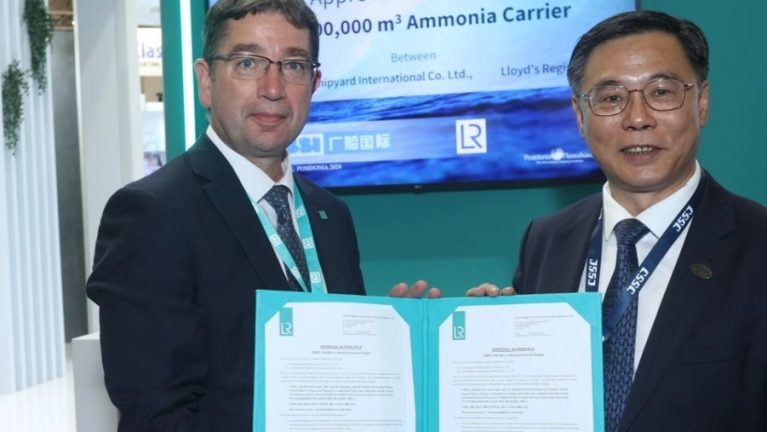
Nick Brown, CEO of Lloyd’s Register, highlighted the partnership’s profound significance, stating that they are thrilled to collaborate with GSI on this historic project.
As countries increasingly turn to ammonia as a cleaner alternative for power generation, sea transport emerges as a critical player in the distribution of hydrogen-based commodities, aligning with global objectives for carbon reduction specified in the Paris Agreement.
Chen Ji, Chairman of GSI, reiterated Brown’s ideas, highlighting the company’s dedication to innovation and R&D capabilities.
Chen Ji stated that creating the 100,000 cubic meters very large ammonia carrier design is a testament to their collaborative effort with ammonia partners and longstanding partnerships.
He added that through continuous support and trust, especially from LR, GSI has accomplished a milestone in engineering excellence by developing the world’s largest ammonia carrier design.
The groundbreaking development follows Naftomar, Greece’s maritime titan, receiving a contract for four 93,000 cubic meter vessels from Hanwha Ocean, signifying a massive $496 million investment.
These vessels, scheduled for delivery in the first half of 2027, are ready to switch to ammonia as a fuel, highlighting a broader industry shift towards sustainable energy sources.
Reference: LR

